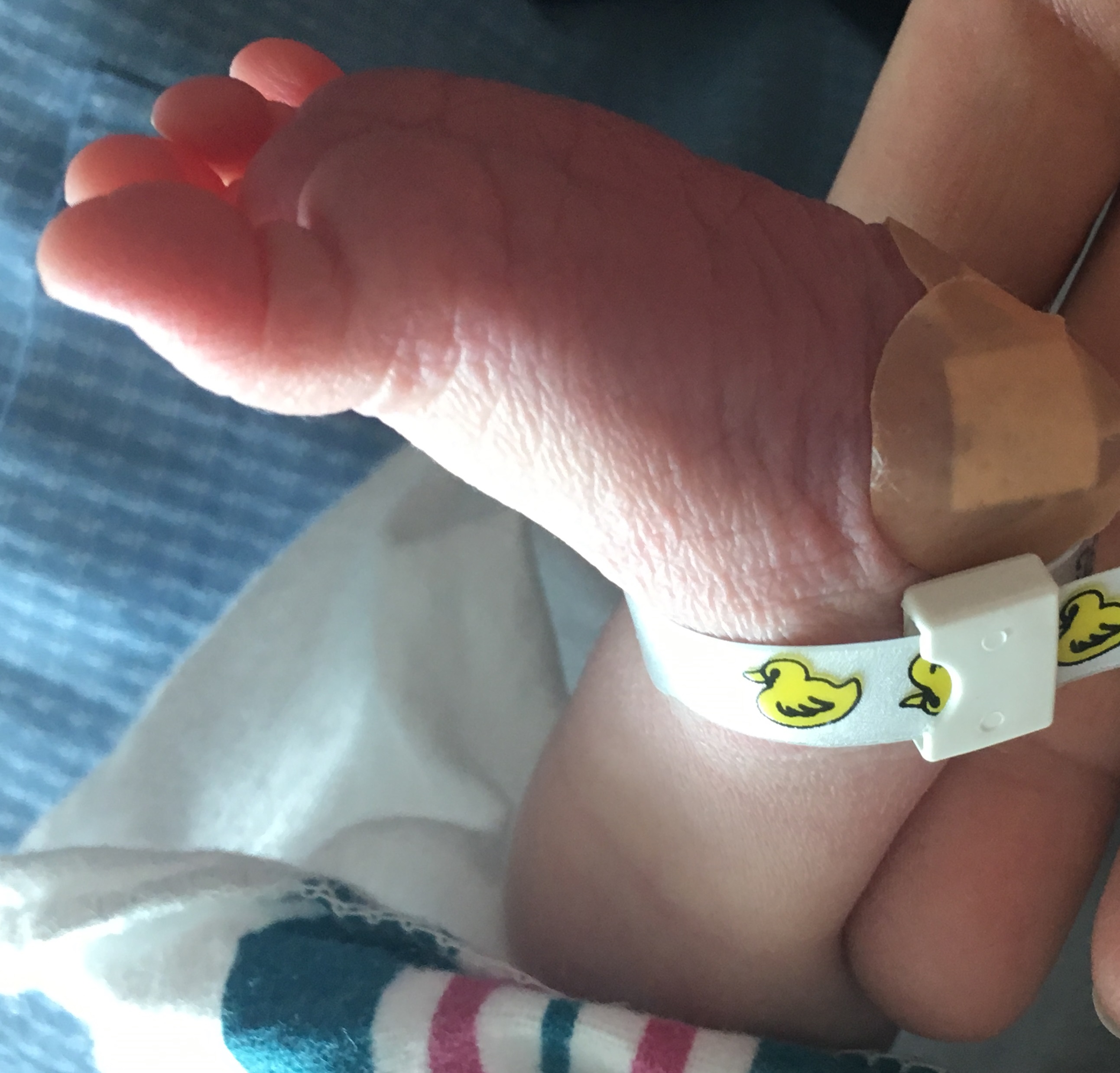Physical Examination of the Newborn
 The purpose of the newborn physical examination is to assess the baby's transition from intrauterine line to extrauterine existence and to detect congenital malformations and actual or potential disease.
The purpose of the newborn physical examination is to assess the baby's transition from intrauterine line to extrauterine existence and to detect congenital malformations and actual or potential disease.
The baby should be examined briefly immediately after birth. This should be confined to quick assessment of respiration, circulation, temperature, neurological status, and screening for anomalies or disease that might mandate emergency treatment. The initial examination should be done with minimal disturbance to the baby, taking particular care to prevent excessive cooling from exposure.
A complete examination should be performed within the first 24 hours and again at discharge from the nursery. The full examination should be performed when the baby is quiet. The baby should be observed from a distance before being touched since a great deal can be learned by observing the infant's spontaneous activity. See, then touch.
Auscultate the heart and chest and feel the pulses before the baby begins to cry, and then proceed systematically to the rest of the examination.



